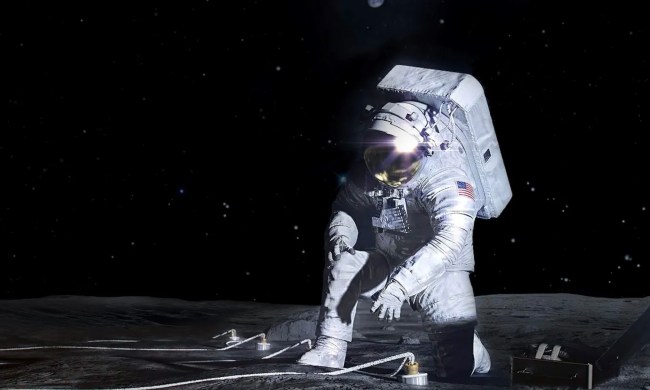Astronomers using a pair of ground-based MAGIC telescopes have observed a huge nova explosion created by a pair of stars called RS Ophiuchi or RS Oph, located in the Serpent Bearer constellation.
The binary pair consists of a small, extremely dense remnant of a former bright star called a white dwarf, along with a much larger red giant which is coming to the end of its life. The red giant is casting off layers of hydrogen as its fuel dwindles, and this gas is being sucked up by the dense white dwarf. But the sheer volume of gas being gobbled up by the white dwarf is overwhelming, and eventually, the shell of gas forming around it builds in temperature and pressure until it is thrown off in a huge thermonuclear explosion. But that isn’t the end of the story, as the two stars then continue the cycle again.

It is one of these explosions, which happen around once every 15 years, that the MAGIC telescopes have detected. The explosions are dramatic, giving off gamma rays with as much energy as 250 gigaelectronvolts, which is some of the highest energies ever seen in a nova.
The researchers were able to view the explosions quickly after being alerted by other instruments to observe with the MAGIC telescopes. “The spectacular eruption of the RS Ophiuchi shows that the MAGIC telescopes’ fast response really pays off: It takes them no more than 30 seconds to move to a new target,” said David Green of the Max Planck Institute for Physics, one of the authors, in a statement.
Observing the nova explosion was also valuable because it allowed the researchers to see its aftereffects, as the shock waves from the explosion spread out from the stars. This could help explain the origin of superfast particles which whip through space, called cosmic rays.
“This also makes nova outbursts a source of cosmic rays,” Green said. “However, they tend to play the role of local heroes – meaning to only contribute to the cosmic rays in the close neighborhood. The big players for cosmic rays are supernova remnants. The shock fronts created from stellar explosions are far more violent compared to novae.”
The research is published in the journal Nature Astronomy.



